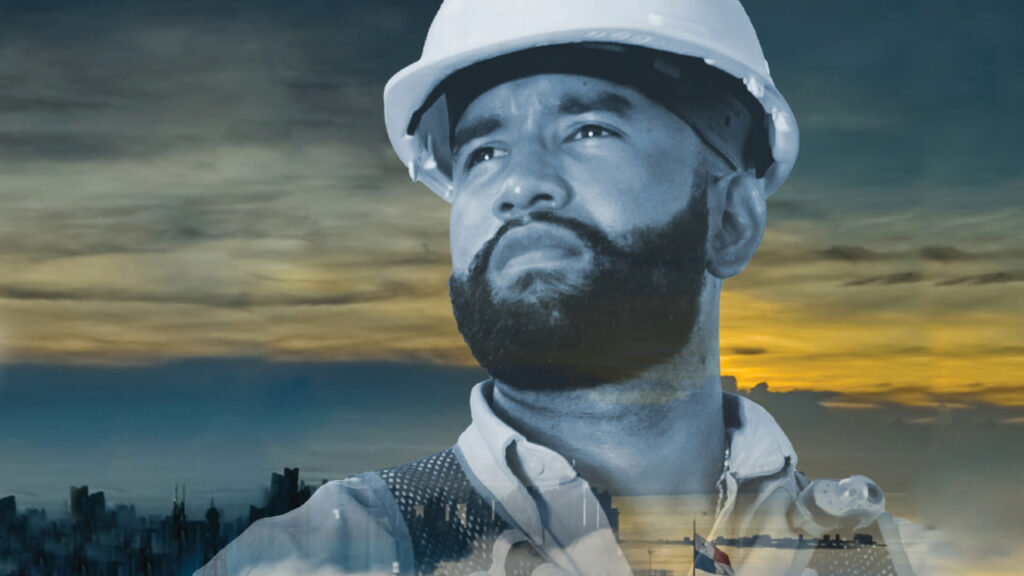Sustainability is the balance that exists between meeting present needs without compromising future resources and capabilities.
In the current global context, it is a social objective that encompasses environmental, economic and social components, in search of an integral benefit. It is a tool capable of redirecting commercial decisions at the global level, as well as local policies, with a reach to end consumers.
For the Panama Canal, sustainability is contemplated in multiple plans and programs that are developed with the joint work of communities committed to future generations.
In this sense, the interoceanic waterway has partnered with communities in the watershed to ensure the sustainable use of the area’s natural resources, positively impacting the quality of life of residents.
One of these initiatives is the Environmental Economic Incentives Program (PIEA), which provides resources to local farmers, from land titles to training in agroforestry techniques, enabling them to develop, reforest, and protect the Canal watershed.
Sustainability is also reflected in the operations of the interoceanic waterway. Since its opening in 1914, the interoceanic waterway has enabled ships to save time and fuel by reducing travel distances. Last year alone, it contributed to the reduction of 16 million tons of carbon dioxide (CO2) equivalent emissions, compared to the most likely alternative route.
In addition to offering safe, reliable and efficient service, the Panama Canal provides environmental benefits to its customers. In recent years, the Panama Canal created the Green Route Strategy, which aims to maximize the environmental and operational efficiency of the interoceanic waterway.
The Panama Canal directly contributes to and accelerates the efforts of other countries, the maritime industry, and its customers, to reduce greenhouse gases. In addition, the Canal announced the beginning of a process to decarbonize its operations, with the goal of becoming carbon neutral by 2030.
The future is envisioned as sustainable: with sustainable communities that protect the watershed, a carbon neutral Panama Canal operation, and the development of a new water resource management system for future generations.
The objective of this system will be to provide new sources of water to supply the needs of more than half of the country’s population, as well as for the Panama Canal operations, in order to meet the demands of a changing world trade, and provide the reliable and permanent service required by our customers.
Marianela Dengo de de Obaldía
Vice President of Communications and Corporate Image
